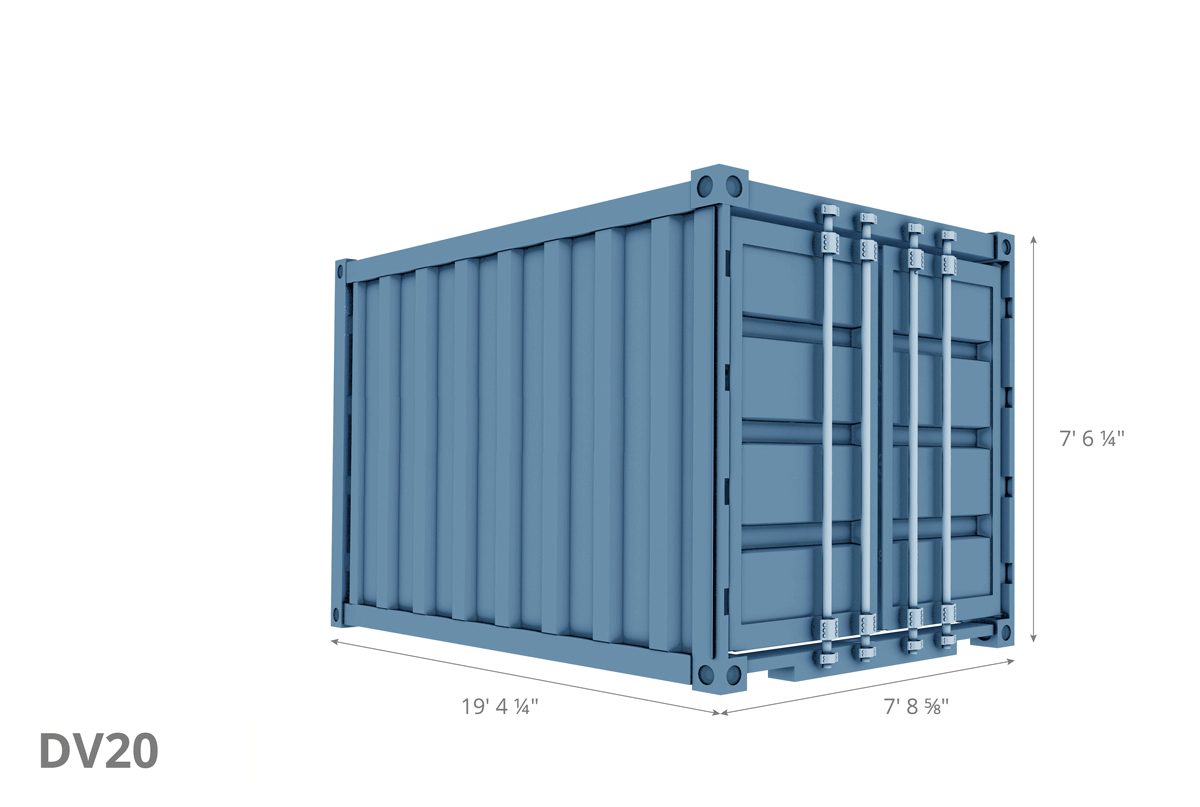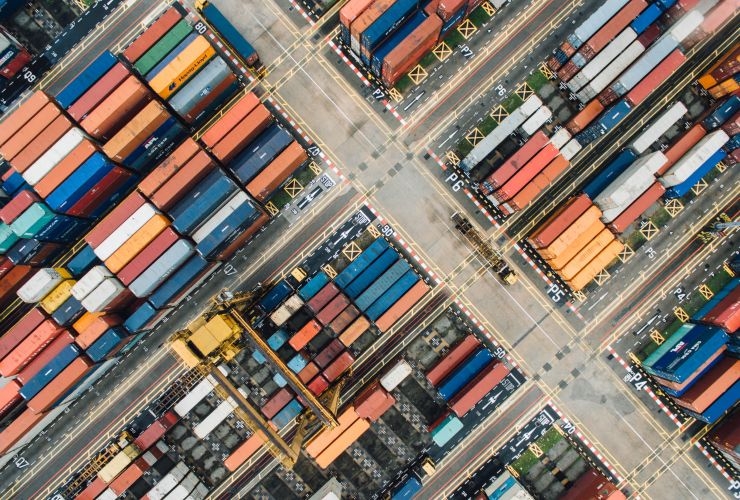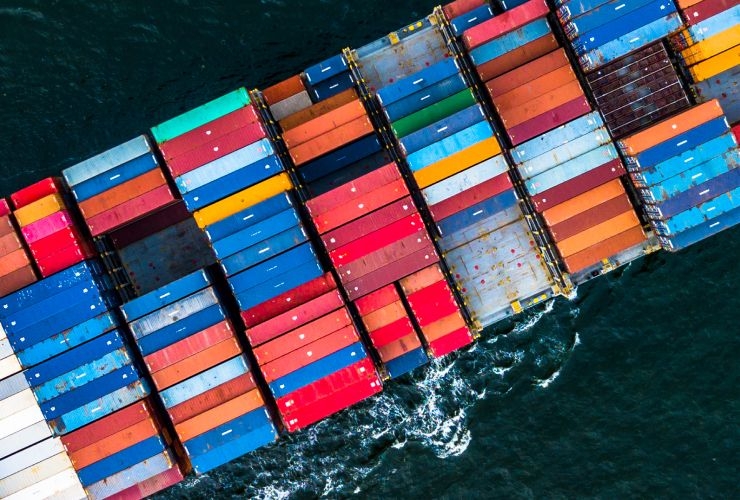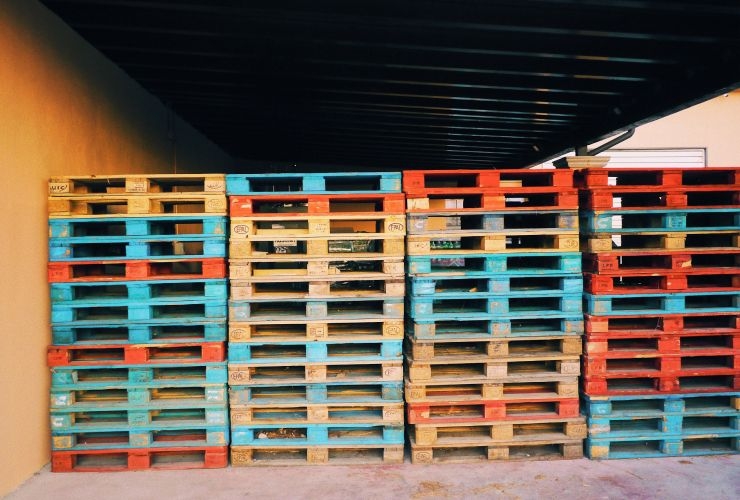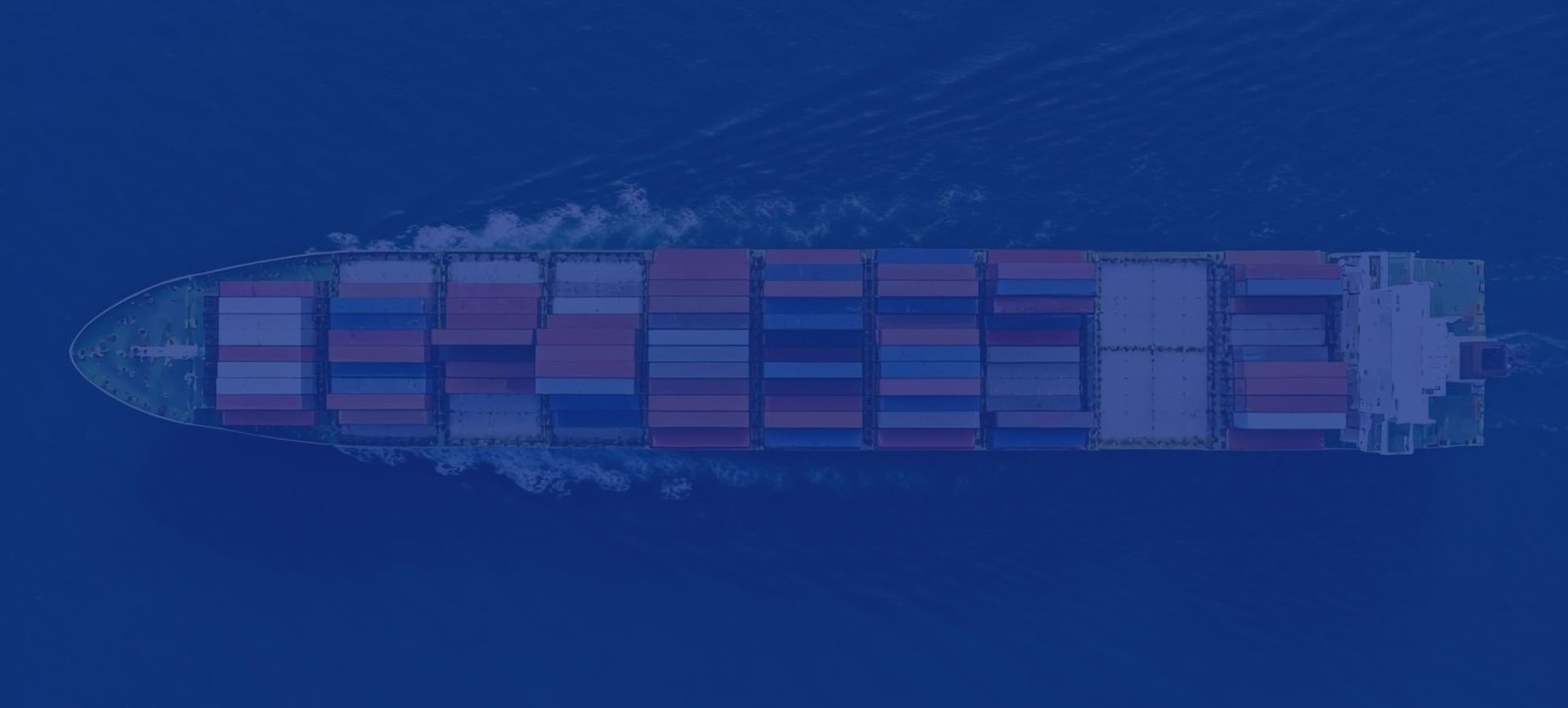
Ocean Freight [Sea Freight]
- Quote, Book and Track your Sea Freight Cargo Online
- Compare 50,000+ Quotes from Multiple Carriers
- Trusted by 10,000+ Customers Globally



SERVICES
iContainers ocean reight services
Search, compare, and book online
Search from over 250,000 ocean freight rates in a matter of seconds and get a detailed breakdown of the final price.
Manage your booking easily
Reduce the lengthy time needed for paperwork by handling all your sea freight shipments online from any device.
Track your sea freight 24/7
Keep track of all your bookings, independent of carrier, on one single view and get notified immediately of any changes in shipment status.
OCEAN FREIGHT QUOTE
At iContainers, our efficiency is measured by the seconds. Why wait hours, days, or even weeks for an ocean freight quote when you can get one in seconds with iContainers’ ocean freight calculator?
Be it the cheapest or shortest route, get an overview of the available sea freight rate options on one single page, sort accordingly, and select the one that best suits your needs. Save your search criteria to facilitate future searches and get quotes in just one click with iContainers, your trusted ocean freight company. Experience seamless sea freight shipping, faster and more efficient than ever.
ADDITIONAL SERVICES
iContainers' container transport services
We offer ocean freight shipping services that cover the entire container freight transportation process including:
Pickup and Delivery
Land Transportation
Ocean Freight Transportation
Customs Clearance
Assistance with Documentation
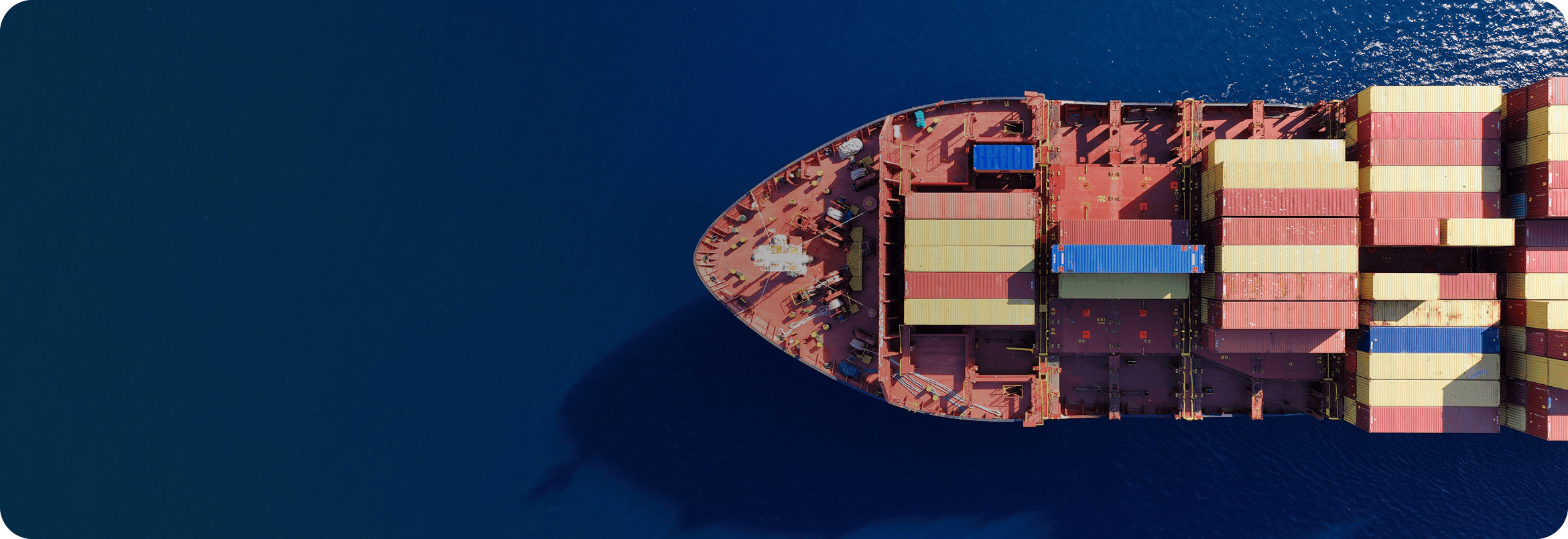
Ocean Freight Container Specifications: What container sizes are available for ocean freight shipping?
There are varying ocean freight container specifications for the different containers available. Depending on your sea freight cargo type, volume, and shape, certain sea freight container sizes may be more appropriate than others.
From the standard 20-ft, 40-ft, and 40-ft high cube shipping containers to open tops and flat racks, there are many ocean freight container dimensions that you can choose from that will suit your sea freight shipment.
Book your FCL or LCL ocean freight shipment
Regardless of whether you book an FCL (Full Container Load) shipments to have an entire container to yourself or LCL (Less than Container Load or groupage) for low-volume shipments, we’ve got your back.
Book with iContainers and you’re guaranteed visibility over your shipment and flexibility with our ocean freight services.
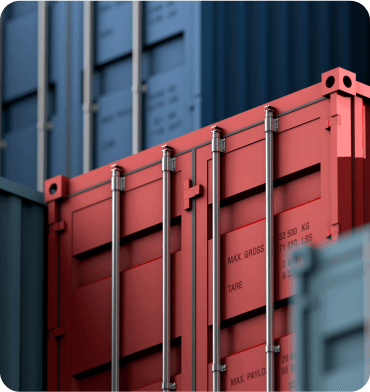
FCL ocean freight shipping
This shipping time calculator supplies estimated times for international shipping along selected trade lanes.
- Shipper controls cargo packaging and container loading
- Easy scheduling of cargo pick up/delivery
- More cargo security
- Standardized local port charges
- There is no risk to potential delays or damages caused by other expeditors when sharing a container

LCL ocean freight shipping
This shipping time calculator supplies estimated times for international shipping along selected trade lanes.
- More flexibility for warehouse management
- Lower volatility in ocean freight shipping rates
- Rates adjusted to the cargo volume and weight
- Lower inland trucking costs
- More agility during customs clearance
ADDITIONAL SERVICES
Shipping container options across the globe
What is Ocean Freight?
Ocean freight shipping is the container freight transportation of cargo by shipping lines.
In sea freight shipping, goods are packed in shipping containers, the ocean freight forwarder books the space or container with the ship agent, cargo is trucked to the shipping vessel at the port of origin and shipped overseas to the importer at the port of destination. The itinerary may be done from port-to-port, door-to-port, port-to-door or door-to-door, and can include truck pick up and or delivery.
ocean freight vs air freight
What are the advantages of sea freight over air freight?

Lower cost per volume
Sea freight permits the shipment of higher volumes at a much lower rate as compared to air freight.

Fewer restrictions
Air freight shipments face more restrictions than sea freight shipments, especially on hazardous materials.

Lower emission
Air freight transportation emits more than 10 times the amount of carbon dioxide emitted by sea freight.
ADDITIONAL SERVICES
iContainers’ Door-To-Door Services
From one store's door to another. Sit back and relax with our Door-to-Door ocean freight shipping services within these countries.
To better cater to your needs, iContainers has offices in the USA, Spain, Dominican Republic, and Mexico. Our presence in these countries helps to establish good local connections for your sea freight and more importantly, allows us to offer you door-to-door ocean freight shipping services.
We provide door-to-door international freight shipping services to and from any country in which we’re physically present. Door-to-door shipments begin and end at the postal codes indicated by the shipper. By freight shipping door-to-door, you skip the intermediaries and experience a more streamlined ocean freight solution. Together with the above-mentioned countries, here are the areas where we provide door-to-door services:
Frequently Asked Questions about Ocean Freight
Incoterms define the responsibilities of sellers and buyers in international shipping. They help determine who will be responsible for covering specific costs involved in the process, including ocean freight, insurance, and customs clearance.
One example of an Incoterm is EXW (Ex Works), where the buyer bears most of the costs. On the other hand, CIF (Cost, Insurance, and Freight) puts the responsibility of paying for ocean freight on the seller.
An ocean freight company helps manage the transportation of goods by sea. Their roles include booking cargo space, coordinating with carriers, and handling documentation and regulatory compliance.
iContainers can simplify the logistics process and ensure smooth and cost-effective transport of your goods.
Transit time can influence the cost of ocean freight services. Longer transit times will usually cost less as the carrier will opt for slower routes and less direct services. On the other hand, shipments that prioritize speed, such as expedited services, will be more expensive.
Ocean freight is ideal for shipping large quantities of goods or transporting bulky and heavy cargo. Some of the best goods to ship by sea include machinery, raw materials, electronics, and furniture.
Ocean freight is also the choice of shippers who transport non-time-sensitive goods or those shipping on a budget.
Ocean freight cost is based on a variety of factors. These include:
- Container volume and weight
- Container type, i.e. FCL or LCL
- Distance between the origin and the destination
- Port fees and other charges
- Additional services, i.e. insurance, customs clearance, and handling fees.
iContainers has an ocean freight calculator that can help you compute the total estimated cost of your shipment.
An ocean freight forwarder, like iContainers, acts as an intermediary or middleman between you, the shipper, and the carrier. They help manage the shipment of goods from origin to destination.
Ocean freight forwarders can be valuable assets in the shipping process. They ensure that your shipment complies with regulations, arrange transport, and optimize shipping routes to simplify international shipping.
Some key documents you need for international ocean freight shipping include the following:
- Bill of Lading: Serves as the proof of shipment
- Commercial Invoice: Details the goods and the transaction
- Packing List: Lists the items included in the shipment
- Certificate of Origin: Verifies the origin of the goods or where they were produced
- Customs Declaration: Required for import or export.
The ocean freight rate is influenced by the dimensions and weight of the cargo being transported. Larger or heavier goods will require more container space, which will lead to higher shipping costs.
If you’re shipping by LCL, the sea freight rate will be calculated based on the volume in cubic meters or the weight of your shipment, whichever is greater.
Most freight forwarders provide a tracking tool that allows you to monitor the progress of your sea freight shipping from departure to arrival. iContainers offers real-time shipment tracking with its sea freight services to give you transparency and peace of mind.
The most popular routes for ocean freight shipping include:
- Asia to North America: Usually for shipping machinery, textiles, and electronics.
- Europe to North America: Usually for vehicles and luxury goods shipment.
- Asia to Europe: Usually for the shipment of consumer goods.
Severe weather conditions can delay ocean freight transit times. Storms, hurricanes, and seasonal patterns, such as monsoons, affect certain routes and can disrupt the shipping process.
Working with a reliable sea freight forwarder, such as iContainers, can help anticipate any weather challenges and optimize the plan accordingly to minimize disruptions and delays.
You can optimize your ocean freight shipping process by working with a trusted sea freight company. These experts can help simplify the entire process and ensure your shipment is cost-effective and experiences no delays.
Other proactive strategies include planning your shipments to secure better rates and reduce the sea freight cost, choosing the correct container that matches your cargo needs, and ensuring all required paperwork is accurate and complete.
